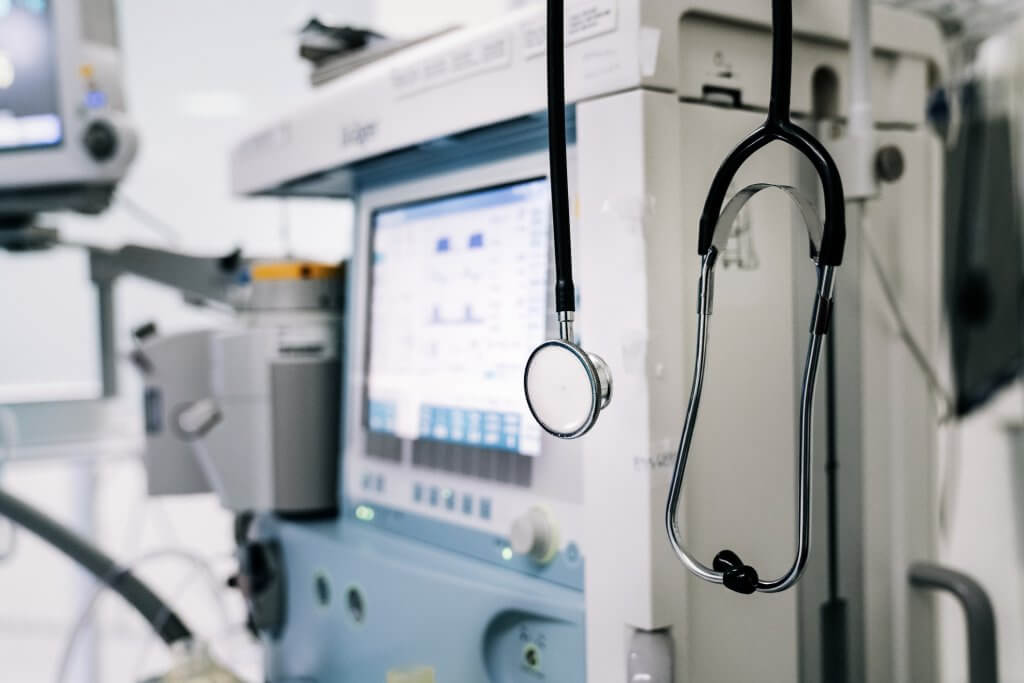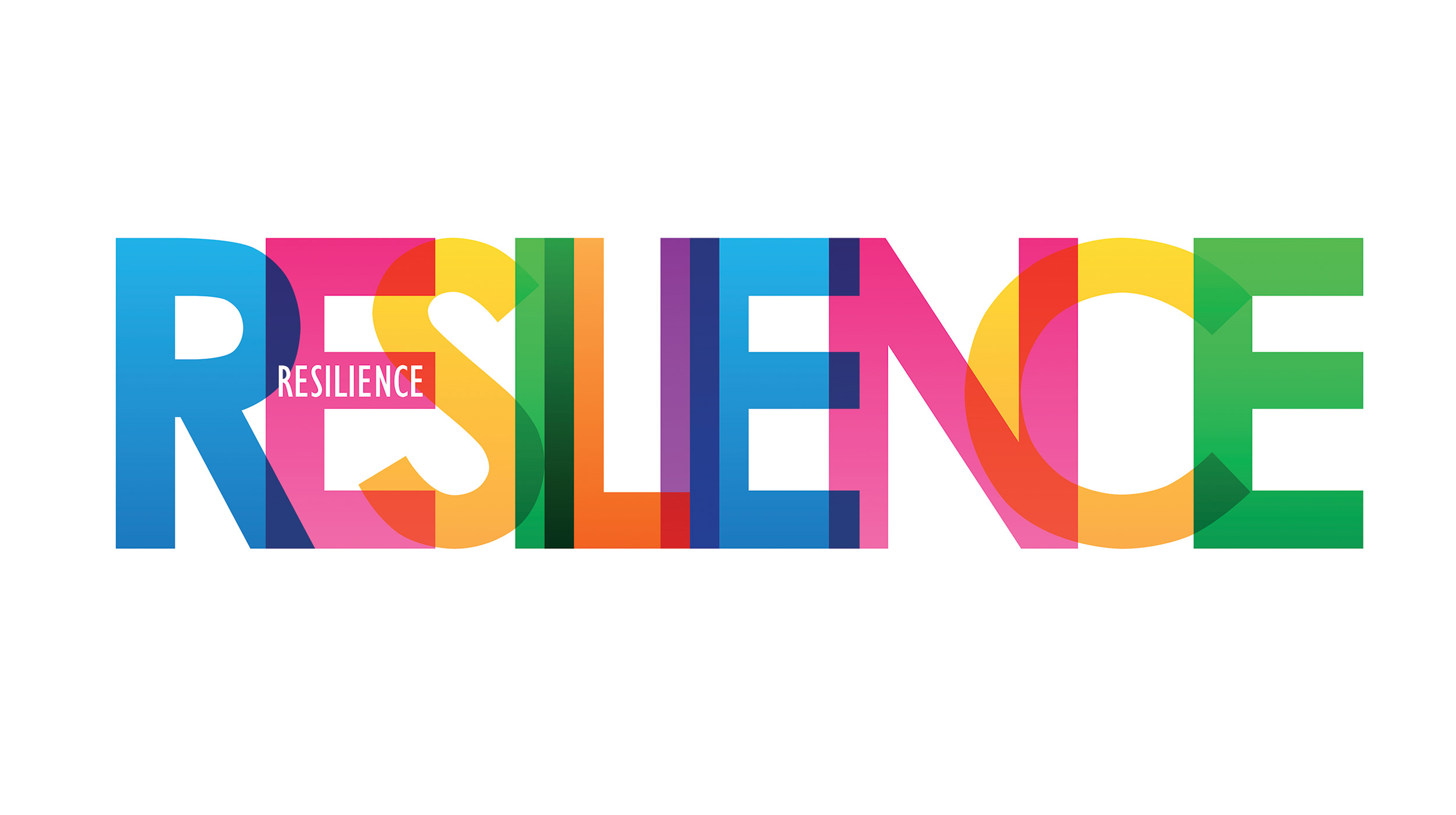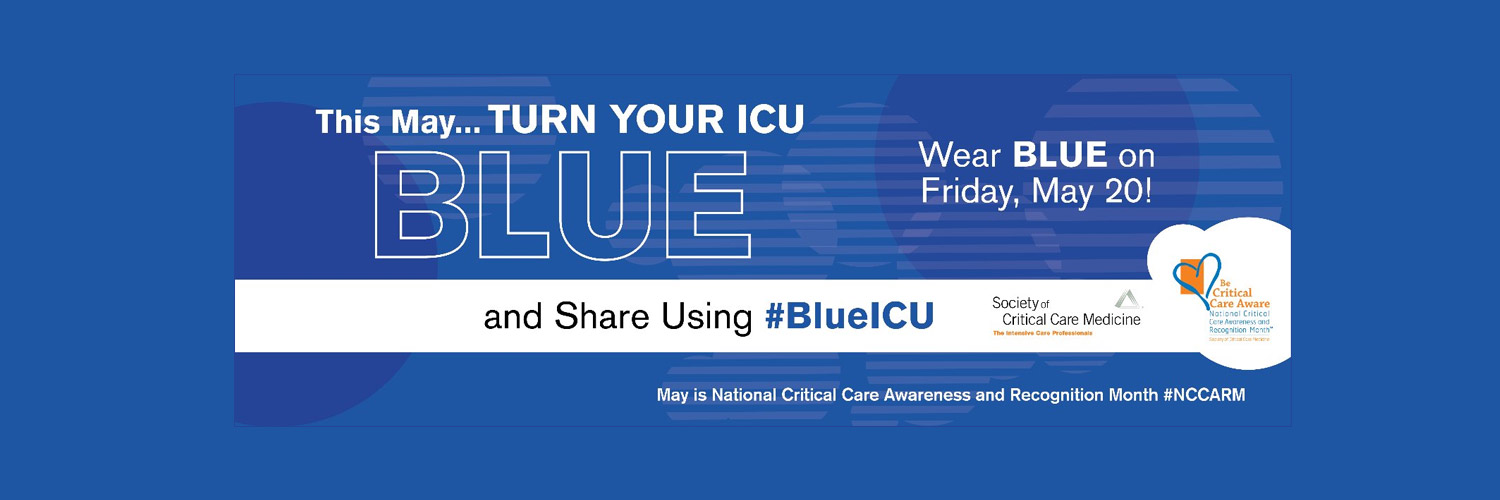
The COVID-19 pandemic cast a spotlight on a possible national shortage of ventilators, but it also brought well-deserved attention to the highly trained professionals needed to operate the complicated machines.
So much so that the novel coronavirus outbreak is serving as a call to arms in bringing many respiratory therapists out of retirement. It's also speeding up the entry of new professionals into the workforce.
Regulatory agencies have advised a limited use of bronchoscopy on suspected or confirmed COVID-19 patients. But, under normal circumstances, respiratory therapists regularly assist pulmonary physicians in bronchoscopy through preparing and monitoring the patient and equipment, among other responsibilities. Despite a possible downturn in bronchoscopies because of the pandemic, respiratory therapists are on the front lines of this battle. Their specific skill set, acquired through extensive training, make them invaluable to this fight, experts say.
It also puts them arguably in the most danger.
That’s because, as COVID-19 attacks the lungs and respiratory systems of those infected, respiratory therapists are often the ones to intubate patients and operate ventilators. Doing so puts them in harm’s way — at the bedside of an infected patient, too often without proper personal protective equipment.
The coronavirus is primarily transmitted through respiratory droplets. The World Health Organization has also advised that the disease may also be contracted through airborne transmission. There is an increased risk of airborne transmission during aerosol-generating procedures.
Respiratory therapists are specially trained to intubate patients and manage ventilators while caring for multiple critically ill patients at once. The added stress caused by COVID-19 on the entire industry has resulted in a group that was already stretched thin having to assist even more patients at once.
Successfully managing a ventilator means gauging the feedback the machine provides and making the correct adjustments. Enough oxygen must be pumped into a patient’s lungs, but too much is also dangerous.
“Now, more than ever before, the role of the respiratory therapist is vital to the health of our nation,” American Association for Respiratory Care executive director Tom Kallstrom said on the organization’s website. “Respiratory therapists sacrifice and dedicate themselves to helping their patients and their communities during this time of COVID-19.”
According to the AARC, there are approximately 150,000 respiratory therapists practicing in the U.S. That was an inadequate number even before the onset of the pandemic.
Respiratory therapists tend to patients with asthma, emphysema and other respiratory issues. They are among the first to respond to “Code Blue” calls in hospitals, an alert that a patient is not breathing. The response could be intubation or performing chest compressions.
Before the onset of the COVID-19 pandemic, there was a 9 to 12 percent vacancy rate for these healthcare workers. AARC chief business officer Timothy R. Myers told Today the figures were not “overly problematic” but left “little room for flexibility.”
National Board for Respiratory Care CEO Lori Tinkler called the coronavirus a call to arms in bringing many respiratory therapists out of retirement.
Many governors have made public pleas for recently retired doctors and nurses to return to work, and in New York more than 600 respiratory therapists returned to service, according to Gov. Andrew Cuomo’s office.
USA Today reported that 3,000 to 7,000 respiratory therapists graduate from college each year. The AARC is working with state licensing boards to grant temporary or preliminary licenses for those set to finish school this spring. Other states have altered their re-licensing practices to expedite the steps for retirees to begin practicing again.
The hashtag has trended on Twitter and Instagram, creating community in the field during trying times. A pair of Denver-based respiratory therapists scheduled to marry on April 28 canceled their wedding and continued to work long hours aiding COVID-19 patients.
“These front-line workers are truly the unsung heroes in this battle,” Dr. Chethan Sathya, a New York City-based pediatric surgeon contributor, wrote recently. “Not only do they run the machines, but in many instances, they also have more close contact with COVID-19 patients than anyone else in the hospital — which means they’re putting themselves in more danger.”
Sathya added that few doctors regularly place breathing tubes into patients or run ventilators. They relied on respiratory therapists for these critical efforts long before the coronavirus overwhelmed hospitals.


